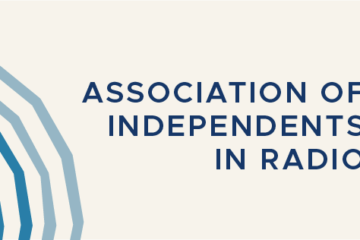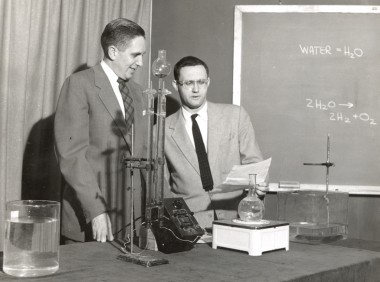Stations step up education efforts around COVID vaccine with help from CPB grants
Public media stations in areas with high COVID-19 infections or low vaccination rates are using grants recently awarded by CPB in creative ways to address coronavirus misinformation and vaccine hesitancy.
Announced last month, the grants total $275,000, with 14 stations each receiving up to $20,000.
“This is unlike any CPB grant that we have done before, because this is a really tight turnaround,” said Rachel Hubbard, executive director of KOSU in Stillwater, Okla. “It will be interesting to see what the stations do and what we’re able to accomplish in a really short turnaround, and to see if this is something that CPB continues to experiment with.”
The Oklahoma station is using the funds to target young adults between the ages of 18 and 24 by collaborating with youth-focused community partners, Hubbard said.
KOSU is collaborating with the United Way, Generation Citizen, the Community Action Project of Tulsa and others to identify where young people are getting COVID-19 information and what the demographic needs, Hubbard said.
Oklahomans between the ages of 18 and 35 make up 31.6% of all COVID-19 cases in the state, according to the Oklahoma State Department of Health. That is higher than the 22.4% of COVID-19 cases attributed to 18- to 29-year-olds nationally, according to Centers for Disease Control and Prevention data.
KOSU journalists are also working to answer about 25 questions for a “living” FAQ page that will appear online in English, Vietnamese and Spanish, Hubbard said.
Translation into Vietnamese will serve the large population of Vietnamese-speaking refugees who have settled in Oklahoma City since the Vietnam War, Hubbard said. And Spanish translation will benefit the significant Spanish-speaking population that spans KOSU’s market.
WJCT in Jacksonville, Fla., is using the CPB funds to interact with new community members in areas with low vaccination rates, said Editorial Director Jessica Palombo. Like KOSU, WJCT was approached by CPB to see whether such a grant would fit the needs of the communities it serves.
The station is contracting with GroundSource, a service that enables newsrooms and nonprofits to reach audiences via text messaging. Community members in targeted ZIP codes will receive unsolicited text messages from WJCT through the service.
Community members’ responses to the messages will prompt successive texts, which might ask about their vaccination status or whether they have questions about COVID-19, Palombo said. The technology also enables the station to send videos of local doctors talking about the vaccine, for example.
“That’s really the experimental part of it, is finding out whether people will respond to this unsolicited information and will they trust it?” Palombo said.
The station is also leveraging relationships with health departments and providers to disseminate vetted information, Palombo said.

Arkansas PBS is using its $20,000 grant to design a hyperlocal “friends and neighbors” campaign intended to increase vaccination rates in the state, said CEO Courtney Pledger. The grant expires at the end of November.
The station will find first-person stories from people in rural communities who have changed their minds about getting vaccinated, said Pledger. It will then share the stories in communities where they will have the greatest impact, like those with low vaccination rates, Pledger said. In addition to distributing the stories through its existing mediums, Arkansas PBS will also share them through community partners’ email lists, social media accounts and websites.
The project will address the concerns of different demographics and work with community doctors because their trust affords them a unique ability to combat misinformation, Pledger said.
“We’re always, through many, many ways, trying to reach different audiences,” Pledger said. “And this is a really important time for that to happen. And I think this opportunity is a really unique opportunity for Arkansas PBS as well to reach out into those different audiences that may or may not be watching Arkansas PBS all the time.”






